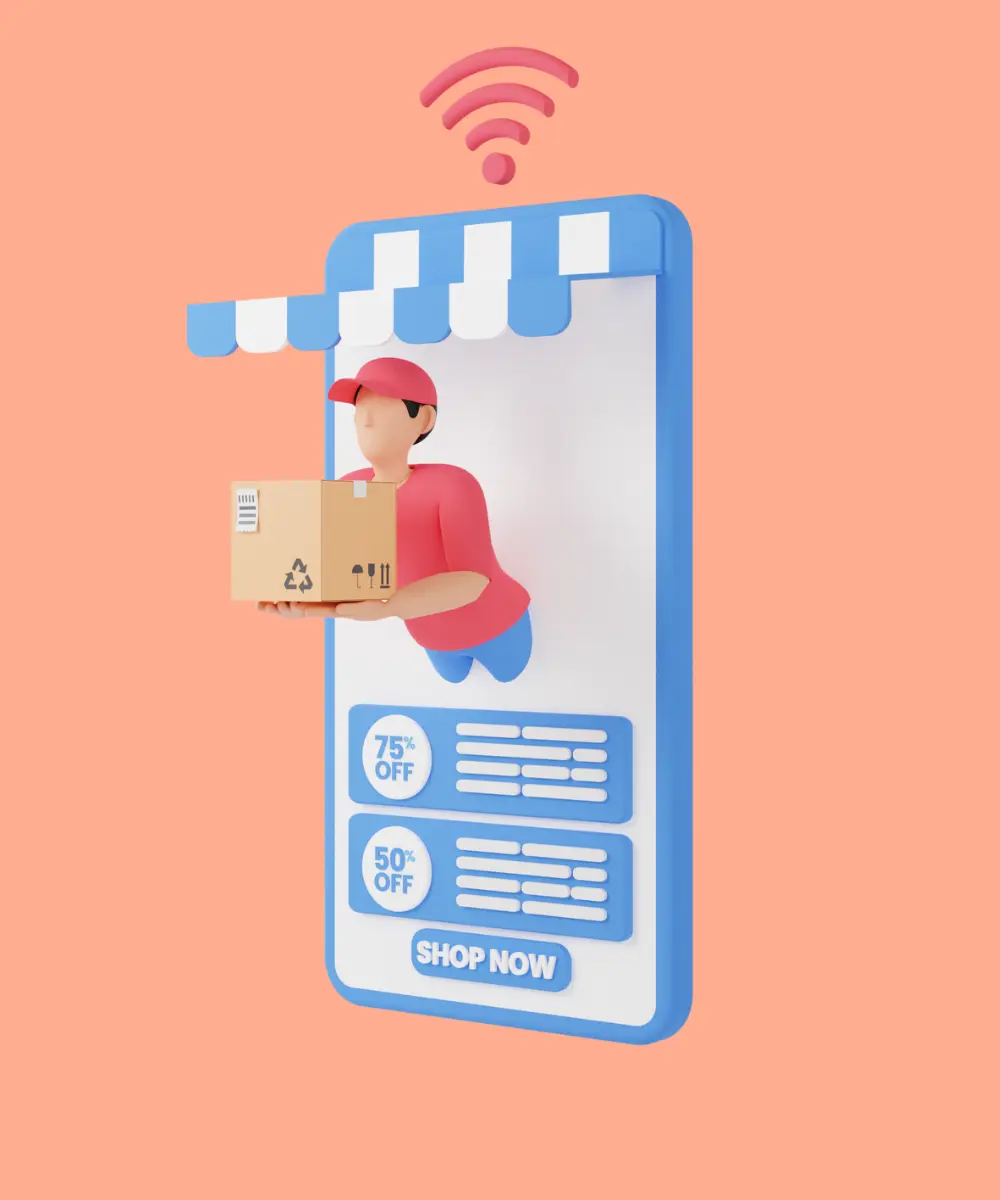In an era where digital transformation dictates market trends, retail app development has emerged as a cornerstone for businesses aiming to thrive. The global retail e-commerce sales figures are staggering, with projections indicating a rise to $6.3 trillion in 2023 from $4.9 trillion in 2021, according to Statista. This exponential growth underscores the shifting consumer preferences towards online shopping, making retail apps not just a luxury but a necessity for retailers.
Market Analysis: Retail Apps Landscape
The retail app market is a vibrant and multifaceted arena, teeming with a plethora of players each striving to capture the attention and loyalty of consumers. This competitive environment demands that retail apps not only meet but exceed consumer expectations, which are increasingly centered around convenience, speed, and a personalized shopping experience. The current market trends point towards a future where digital interaction becomes a primary consumer touchpoint, making the development of a highly functional and user-centric retail app a critical success factor for any retail business.
Recent data from eMarketer underscores the growing prominence of mobile commerce (m-commerce) in the broader e-commerce landscape, projecting that m-commerce will constitute a staggering 72.9% of e-commerce sales by 2024. This significant statistic highlights the shift in consumer shopping habits, with a clear preference for the accessibility and flexibility offered by mobile platforms. The implication for retailers is clear: to remain competitive and relevant, it is imperative to develop retail apps that not only facilitate but enrich the shopping experience for their users.
Types of Retail Apps
The realm of retail applications is diverse, catering to a wide range of shopping needs and preferences. Each type of retail app serves a specific function, targeting different segments of the market. Understanding these variations is crucial for businesses aiming to develop a retail app that aligns with their goals and meets the expectations of their target audience. Here’s a closer look at the different types of retail apps:
1. E-commerce apps
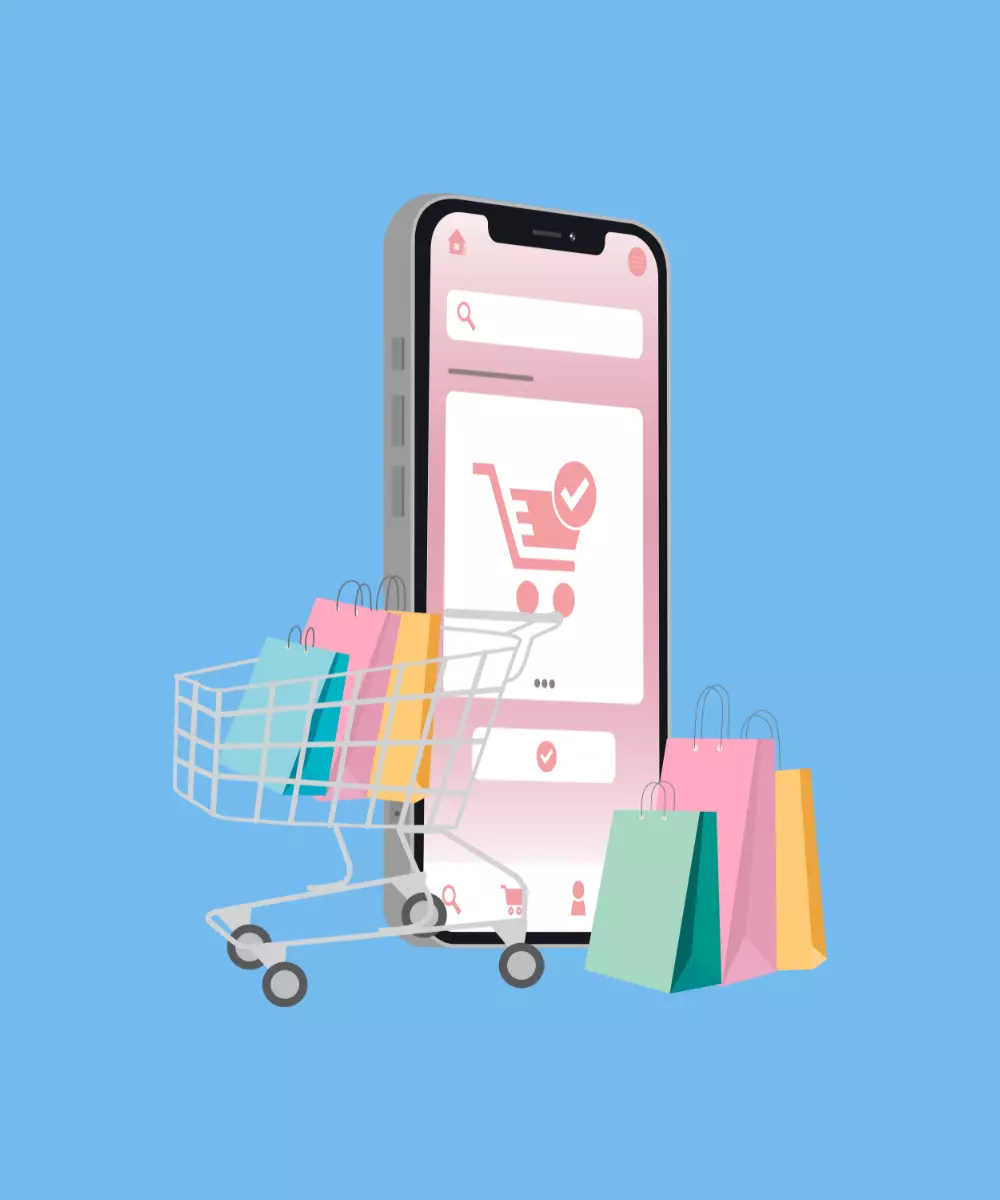
E-commerce apps are the digital storefronts that allow businesses to sell products directly to consumers. These apps are the virtual equivalents of physical stores, offering an extensive range of products across various categories. E-commerce apps focus on providing a seamless shopping experience, featuring detailed product descriptions, high-quality images, customer reviews, and easy navigation.
- Amazon: As a leading e-commerce platform, Amazon offers an extensive range of products from electronics, books, clothing, to groceries. The app features user reviews, product comparisons, and personalized recommendations, making it a one-stop shop for consumers worldwide.
- eBay: eBay operates as both an auction and a direct sales site, allowing individuals and businesses to sell new or used items. Its app facilitates easy browsing, bidding, and buying, providing users with a diverse marketplace for rare and unique items.
2. Marketplace apps
Marketplace apps serve as platforms where multiple vendors can list and sell their products, facilitating transactions between buyers and sellers. These apps offer a wide selection of products from different brands, making it easy for users to compare prices, read reviews, and make informed purchasing decisions. Marketplace apps often include features like seller ratings and feedback systems to ensure transparency and trust among users.
- Etsy: Specializing in handmade, vintage items, and craft supplies, Etsy’s app connects artisans with buyers looking for unique products. Its community-centric approach encourages interaction between sellers and customers, fostering a personalized shopping experience.
- Alibaba: Serving as a global wholesale marketplace, Alibaba’s app connects international buyers with Chinese suppliers. It offers a vast selection of products, primarily catering to businesses purchasing in bulk, demonstrating the scalability of marketplace apps.
3. Loyalty and rewards apps

Loyalty and rewards apps are designed to enhance customer retention by offering rewards, discounts, and personalized deals to frequent shoppers. These apps encourage users to continue shopping with a brand by rewarding them for their loyalty. Features might include loyalty points, membership levels, exclusive offers, and personalized product recommendations. By fostering a sense of value and appreciation, loyalty apps play a crucial role in building long-term relationships with customers.
- Starbucks: The Starbucks app integrates mobile ordering and payment with its rewards program, offering users convenience while encouraging repeat business through points, freebies, and personalized offers.
- Sephora: Sephora's Beauty Insider program within its app provides customers with rewards, exclusive discounts, and personalized makeup recommendations. It enhances customer loyalty by offering value beyond the purchase.
4. Augmented reality (AR) shopping apps
Augmented Reality (AR) shopping apps leverage AR technology to offer an innovative and interactive shopping experience. These apps allow users to visualize products in their own space or on themselves before making a purchase. Whether it's trying on glasses, visualizing how a piece of furniture would look in a room, or testing how a makeup product matches their skin tone, AR apps provide a unique and engaging way to shop. This immersive technology helps reduce the uncertainty associated with online shopping, thereby increasing customer satisfaction and reducing return rates.
- IKEA Place: Utilizing AR technology, IKEA Place allows users to visualize how furniture and decor items would fit and look in their own space before purchasing, reducing the guesswork and enhancing customer satisfaction.
- Sephora's Virtual Artist: This feature within the Sephora app lets users try on various makeup products virtually, using AR to apply makeup to their live image. It's a fun and engaging way to experiment with new looks without the commitment.
5. Social shopping apps
Social shopping apps integrate social media elements with e-commerce capabilities, allowing users to discover, share, and purchase products within a social network. These apps tap into the power of social influence, enabling users to get recommendations from friends, influencers, and other shoppers. Features may include the ability to follow favorite stores, share wish lists, and participate in community discussions about products. This blend of social interaction and shopping creates a vibrant, community-driven shopping experience.
- Instagram Shopping: Integrating shopping directly into the social media experience, Instagram Shopping allows users to explore and purchase products featured in posts and stories. Brands can tag products in their content, making it easy for users to buy them within the app.
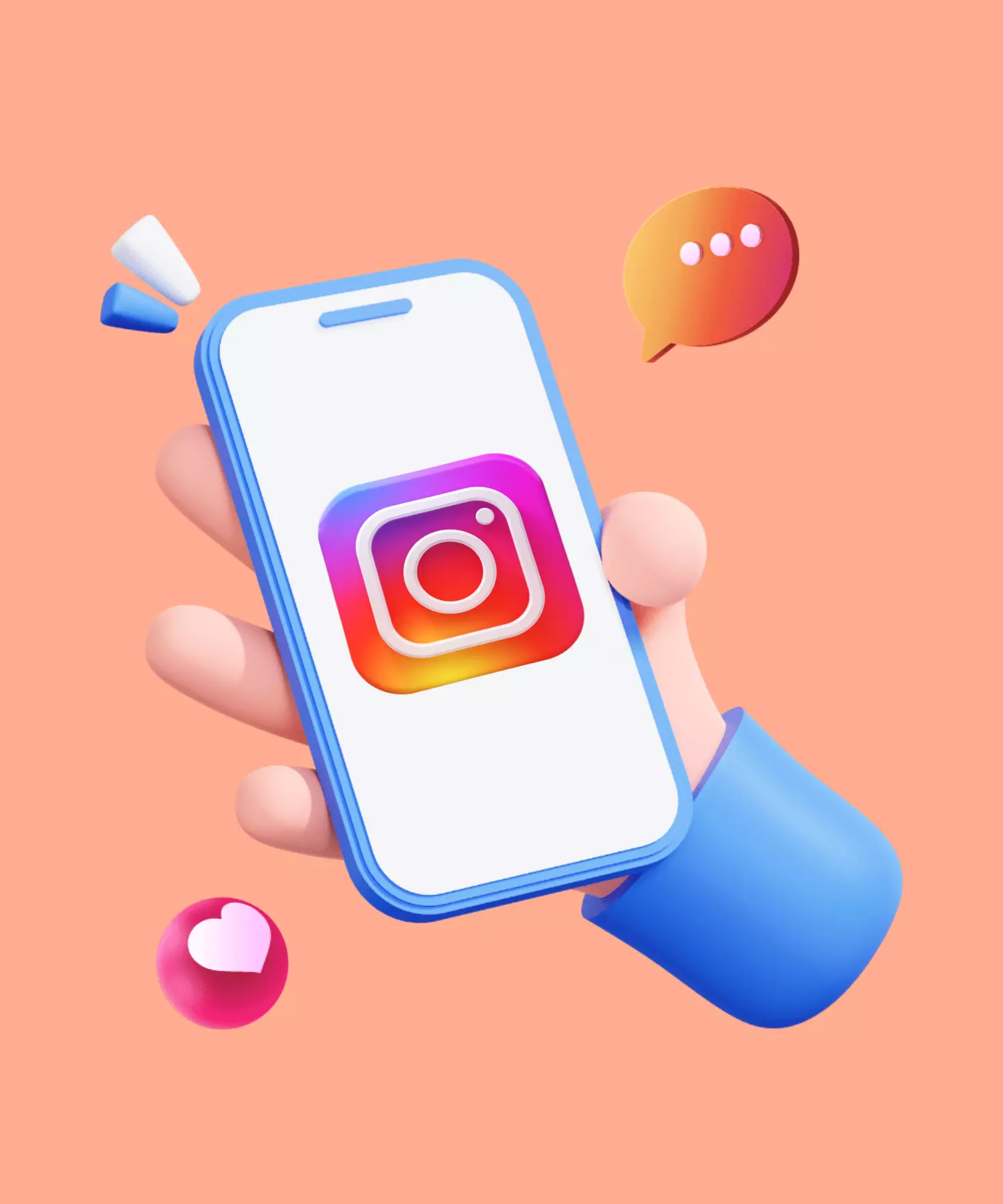
- Pinterest: Pinterest's shopping features enable users to discover products through pins and visual search, bridging the gap between inspiration and purchase. Users can click on tagged products in images to learn more or proceed to checkout, making it a powerful tool for visual discovery and shopping.
Key Features to Add in Retail Apps
Developing a retail app that stands out in the crowded marketplace requires integrating features that not only attract users but also provide them with a seamless and enjoyable shopping experience. Here are essential features to consider when building a retail app:
- User-friendly interface: A clean, intuitive, and easy-to-navigate interface is crucial for retaining users. The app should be designed with the user in mind, ensuring that products are easily discoverable, categories are well-organized, and the overall shopping process is streamlined. Features such as a simple checkout process, easy access to customer support, and a quick search function significantly enhance the user experience.

- Product catalogs: High-quality, detailed product catalogs are the backbone of any retail app. Each product listing should include high-resolution images, comprehensive descriptions, prices, and any other relevant information. Offering multiple views and zoom capabilities for images can help users get a better feel for the products.
- Shopping cart and checkout: The shopping cart and checkout process should be as simple and straightforward as possible. Features like saving cart items for later, editing quantities within the cart, and offering a variety of payment options (credit/debit cards, mobile wallets, COD) can streamline the checkout process and reduce cart abandonment rates.
- Payment gateway integration: Integrating secure and reliable payment gateways is critical to ensure user trust and safety. Offering a range of payment options, including traditional methods and digital wallets, caters to user preferences and facilitates a smoother purchase process.
- Customer reviews and ratings: Incorporating a system for customer reviews and ratings helps build credibility and trust in your products. Potential buyers often rely on feedback from other customers before making a decision, making this feature an essential aspect of any retail app.
- Personalization: Personalizing the shopping experience can significantly increase user engagement and loyalty. Features such as personalized product recommendations, tailored discounts, and content based on the user’s browsing and purchase history make the shopping experience more relevant and engaging.
- Push notifications: Push notifications are a powerful tool for engaging users and driving sales. They can be used to inform users about new product launches, special offers, abandoned cart reminders, and more. However, it's important to use this feature judiciously to avoid overwhelming users.
- Live chat support: Offering live chat support within the app can greatly enhance customer service. Users can quickly get answers to their questions or resolve issues, which can positively impact their shopping experience and satisfaction.
- Augmented reality (AR) features: For certain types of products, AR features can provide users with a more immersive experience by allowing them to visualize products in their own space or try on items virtually. This can be particularly effective for furniture, home decor, and fashion items.
- Loyalty programs: Integrating loyalty programs within the app encourages repeat business by rewarding customers for their purchases. Features such as earning points, exclusive discounts, and tracking rewards within the app can enhance customer loyalty and engagement.
- Seamless multi-platform syncing: Ensuring that users can seamlessly switch between devices without losing their progress or cart items enhances the user experience. Whether they start shopping on a mobile app and switch to a web browser or vice versa, their data should be consistently synced across platforms.
- Analytics and feedback collection: Implementing analytics to track user behavior and feedback collection features can provide valuable insights into how users interact with the app. This information can be used to make informed decisions on how to improve and tailor the app to meet user needs better.
How To Create a Retail App?
Creating a retail app involves a series of strategic steps, each crucial for ensuring the app's success in the competitive market. Here's an expanded guide on how to create a retail app, taking into consideration the critical aspects of development:

Market research and planning
Objective: Understand the target audience, market needs, and competition to inform the app’s features and design.
- Identify target audience: Determine who your app is for, including demographics, shopping habits, and preferences.
- Analyze competitors: Look into what similar apps are offering, their strengths, and areas they lack.
- Market needs: Identify gaps in the market that your app can fill. Understand the specific needs and pain points of your target audience.
Choosing the right technology
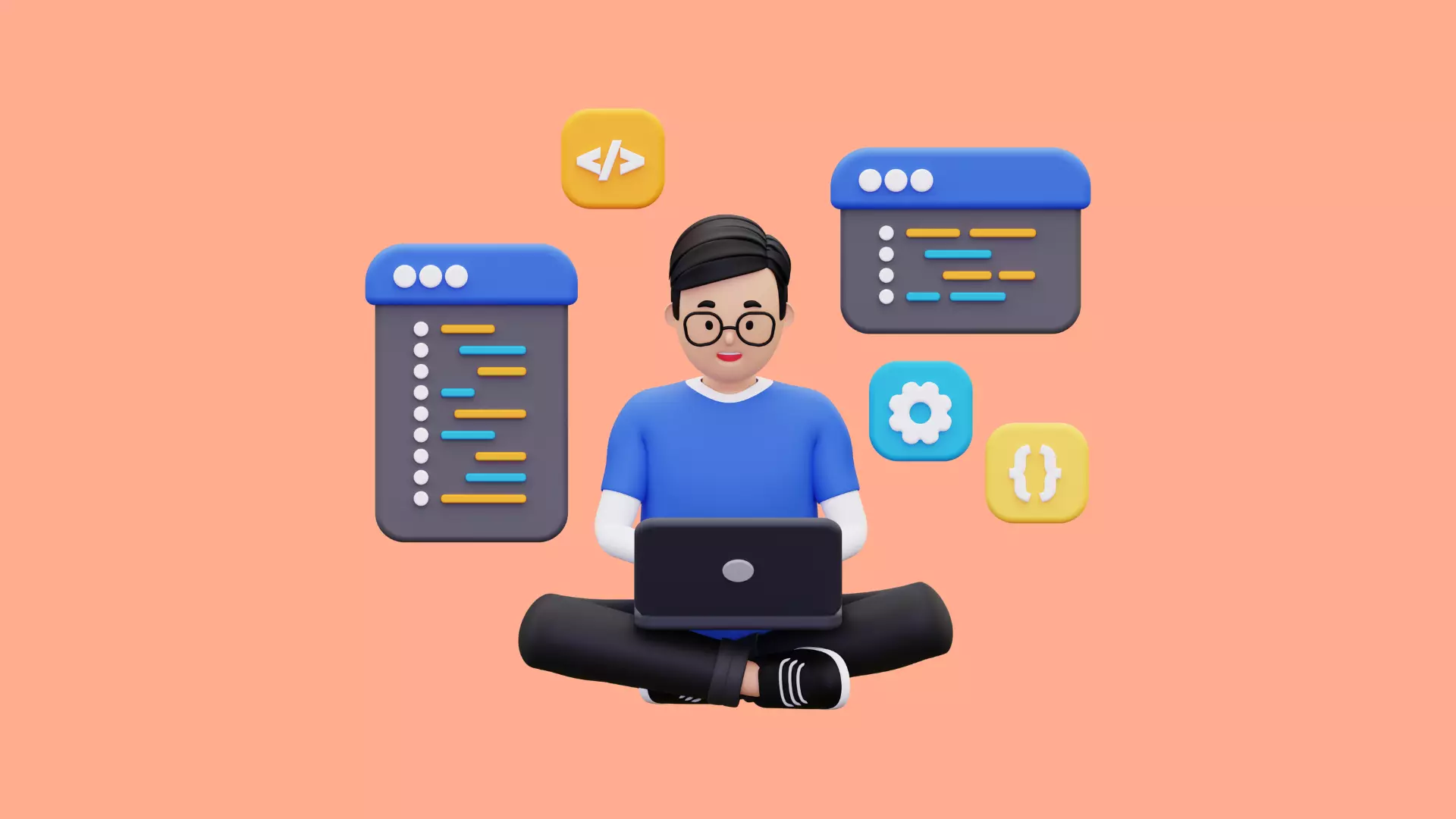
Objective: Select the best technology stack that suits your app’s requirements, considering factors like performance, scalability, and development time.
- Native vs. cross-platform development: Decide whether to develop a native app for iOS/Android or use cross-platform technologies like Flutter for simultaneous development. Back-end technology: Choose a robust back-end technology that can support the app’s functionality and handle data securely.
- Back-end technology: The back-end technology powers the server, database, and application logic. Options like Node.js, Ruby on Rails, and ASP.NET can provide a strong foundation for your app, supporting its functionality and ensuring data is handled securely and efficiently.
- Cloud hosting: Choosing the right cloud hosting provider (Azure, Google Cloud, AWS) involves evaluating compatibility with your tech stack, the range of services offered, and the cost-effectiveness of scaling. Cloud hosting ensures your app can handle high traffic volumes, offers data redundancy, and maintains performance across the globe.
- System architecture: Deciding between a microservices architecture and a monolithic architecture depends on your app’s complexity and scalability requirements. Microservices are better for larger, more complex applications that require flexibility and scalability, while monolithic architectures may suit smaller, simpler apps.
- Communication protocols: Choosing the right communication protocols is crucial. HTTPS ensures secure data transfer, which is essential for protecting user information and transactions. For apps requiring real-time features, such as chat functions or live updates, WebSockets provide a persistent connection between the client and server, facilitating instant data exchange.
Design and user experience
Objective: Create an app design that is not only visually appealing but also user-friendly and intuitive.
- UI/UX design: Focus on creating an engaging user interface and a seamless user experience. Pay attention to the app's layout, navigation, and the overall design aesthetics.
- Prototyping: Develop prototypes to visualize how the app works. Use these prototypes to gather feedback and make necessary adjustments before the final development begins.
Development
Objective: Turn your app idea into reality by coding the front-end and back-end, integrating necessary features, and ensuring the app is scalable and secure.
- Agile methodology: Adopt an agile development process, allowing for iterative development, continuous feedback, and flexibility to adapt changes.
- API integration: Integrate third-party APIs for functionalities like payment processing, social media integration, and analytics.
- Security measures: Implement security best practices, including data encryption, secure API calls, and compliance with data protection regulations.
Testing

Objective: Ensure the app is reliable, user-friendly, and free from bugs before it goes live.
- Functional testing: Verify that all features work as intended.
- Performance testing: Ensure the app performs well under various conditions and loads.
- Usability testing: Gather feedback from potential users to identify any usability issues.
- Security testing: Check for vulnerabilities and ensure data protection measures are effective.
Launch and marketing
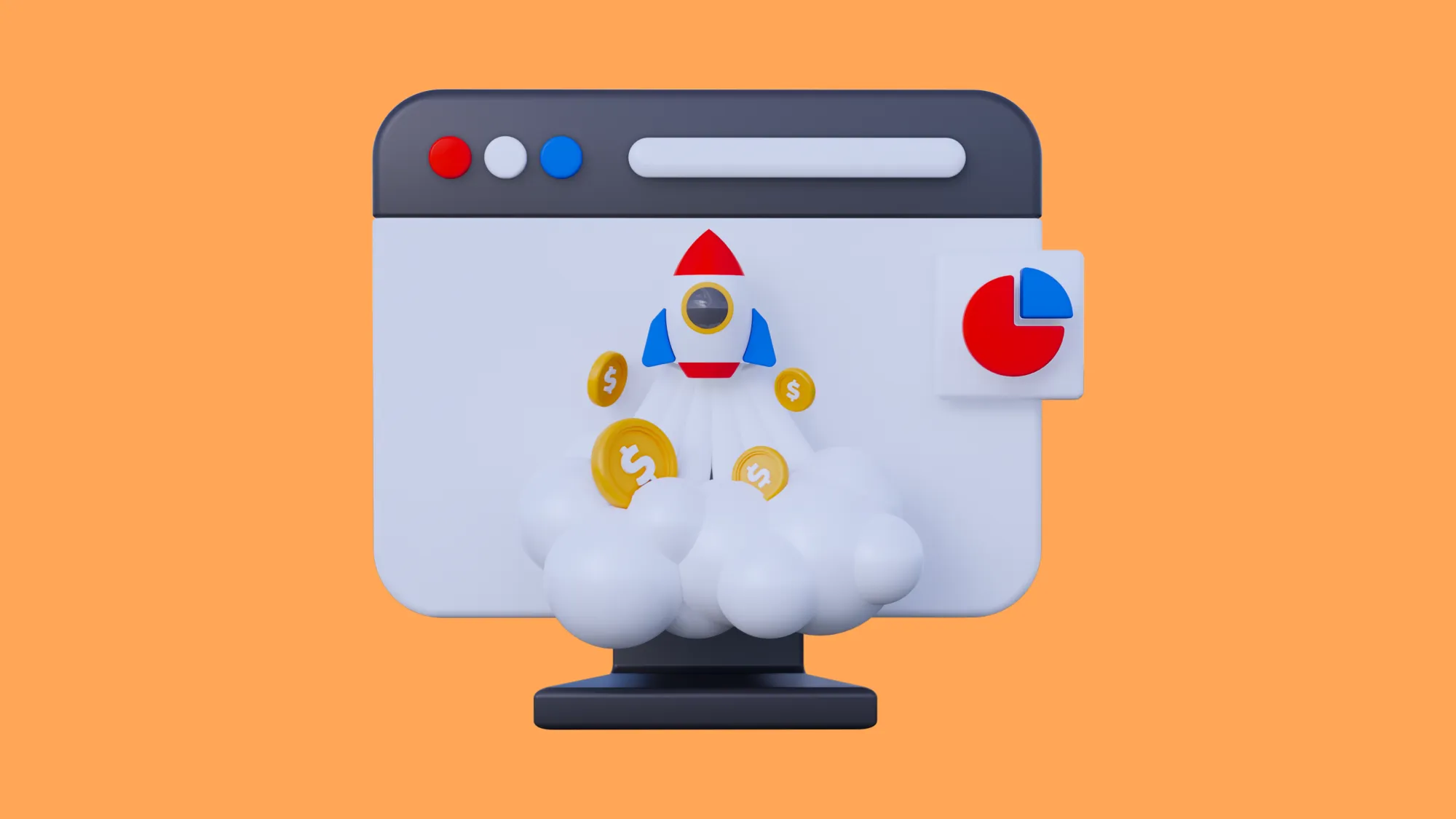
Objective: Successfully launch your app on the appropriate platforms and market it to reach your target audience.
- App Store Optimization (ASO): Optimize your app’s listing for the App Store and Google Play to improve visibility.
- Marketing strategy: Develop a comprehensive marketing strategy that includes social media, content marketing, email campaigns, and influencer collaborations.
Maintenance and updates
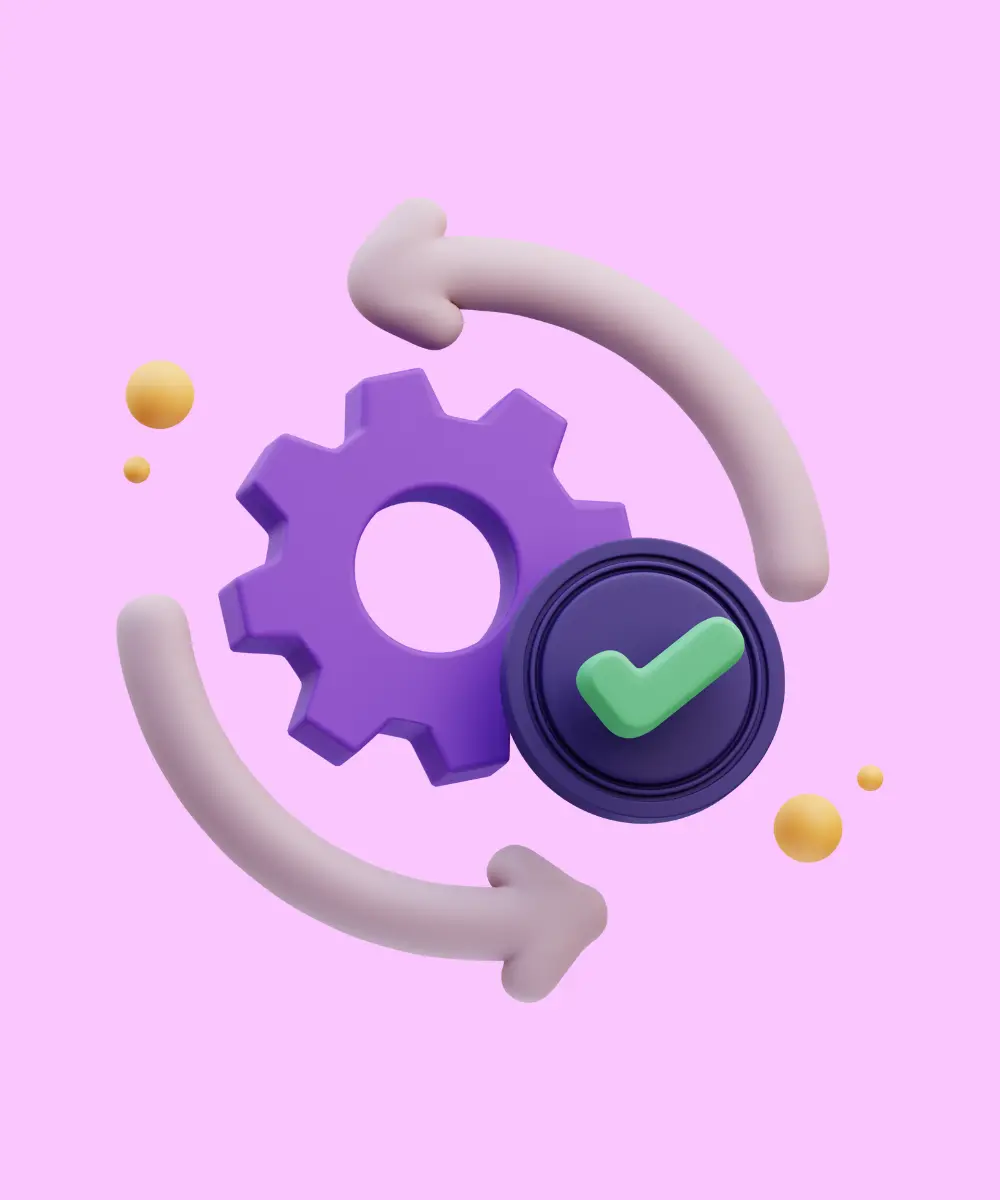
Objective: Keep the app updated and running smoothly post-launch, responding to user feedback and evolving market trends.
- Regular updates: Roll out updates to introduce new features, fix bugs, and improve performance.
- User support: Provide ongoing support to address user queries and issues promptly.
- Analytics monitoring: Use analytics to monitor app usage, user engagement, and other key metrics to inform future updates and improvements.
Trends Shaping the Retail App Development in 2024
As we move further into 2024, the retail app development landscape continues to evolve, driven by emerging technologies and changing consumer behaviors. Staying ahead of these trends is crucial for businesses looking to leverage mobile apps as a key component of their retail strategy. Here’s a deeper look into the trends shaping retail app development in 2024:
AI and machine learning
- Personalization at scale: AI and machine learning are enabling unprecedented levels of personalization in retail apps. From personalized shopping experiences to tailored product recommendations, AI algorithms analyze user data to deliver content and suggestions that resonate with individual preferences.
- Chatbots and virtual assistants: AI-powered chatbots and virtual assistants are becoming increasingly sophisticated, providing instant customer service, support, and personalized shopping assistance, enhancing the overall user experience.
Augmented Reality (AR) and Virtual Reality (VR)
- Virtual try-ons and product previews: AR and VR technologies are transforming the way consumers shop by allowing them to visualize products in a real-world context or try on items virtually. This not only boosts engagement but also helps in reducing return rates by offering a 'try before you buy' experience.
- Interactive shopping experiences: Retail apps are integrating AR and VR to create more engaging and interactive shopping experiences, from virtual store walkthroughs to interactive product demonstrations, making online shopping more immersive.
Voice shopping integration
With the increasing popularity of voice-activated devices, voice shopping is becoming a significant trend in retail app development. Integrating voice recognition capabilities into retail apps allows customers to search for products, place orders, and track deliveries using voice commands, offering a hands-free, convenient shopping experience. This trend is particularly appealing to busy consumers who seek efficiency in their shopping activities.
Blockchain technology
Blockchain technology is being explored for its potential to secure transactions and protect user data within retail apps. Additionally, it offers transparency in the supply chain, allowing consumers to verify the authenticity and origin of products.
Sustainability and ethical shopping
Consumer awareness around sustainability and ethical practices is influencing retail app development. Apps are incorporating features that highlight eco-friendly products, sustainable practices, and ethical sourcing. This not only aligns with the values of environmentally conscious consumers but also positions brands as responsible and trustworthy.
Social commerce features
Social commerce is gaining momentum, with retail apps integrating social media features to facilitate shopping directly through social platforms. This includes the ability to shop through live streams, share products with friends, and make purchases without leaving the app. By blending social interaction with shopping, retailers can tap into the power of social influence, driving sales and fostering a community around their brand.
Omnichannel experiences
Omnichannel retailing is about providing a cohesive and integrated shopping experience across all channels, whether in-store, online, or through a mobile app. Retail apps are increasingly being designed to integrate with other channels, offering features like in-store availability checks, click-and-collect options, and unified loyalty programs.
Mobile payments and digital wallet integration
The integration of mobile payments and digital wallets is making transactions more seamless and secure. Retail apps are adopting various payment technologies, including NFC, QR codes, and cryptocurrency payments, to offer users a wide range of convenient payment options.
Advanced data analytics and insights
The use of advanced data analytics in retail apps is providing retailers with deeper insights into consumer behavior, enabling more informed business decisions. From optimizing inventory management to personalizing marketing campaigns, data analytics enhance the efficiency and effectiveness of retail operations, ultimately leading to a better customer experience.
How Much Does It Cost to Create Retail App?
The cost of creating a retail app can vary significantly based on the app's complexity, features, design, and the development team's location. To provide a clearer picture, let's break down the cost according to three sizes of apps: small , medium, and large.
Small apps
- Features: Basic apps are typically straightforward, offering essential features like a product catalog, search functionality, and a simple checkout process. These apps might also include basic user registration and profile management.
- Development time: The development time for a basic app can range from 2 to 4 months, depending on the clarity of requirements and the development team's efficiency.
- Cost estimate: The cost to develop a basic retail app can range from $20,000 to $50,000. This estimate is based on hiring a development team from regions with moderate hourly rates ($25-$50 per hour). If you opt for developers from North America or Western Europe, where rates are higher ($100-$150 per hour), costs can increase significantly.
Medium apps
- Features: Medium-sized apps incorporate more advanced features like personalized product recommendations, customer reviews and ratings, loyalty programs, and social media integration. They also offer enhanced security features and may include basic AR functionality for product visualization.
- Development time: Developing a standard app typically takes between 4 to 6 months. This timeframe allows for the integration of more complex features and a more refined user interface and user experience design.
- Cost estimate: The cost for developing a standard retail app is generally between $50,000 and $120,000. Again, this estimate assumes hiring a development team with moderate hourly rates. For teams in high-cost regions, the price can go up to $200,000 or more.
Large apps
- Features: Large apps are feature-rich platforms offering a wide range of functionalities, including advanced AR/VR experiences, AI-driven personalization, complex loyalty and rewards systems, multi-language support, and integration with multiple payment gateways and backend systems for real-time inventory management.
- Development time: The development timeline for a complex app can range from 6 to 12 months or more, depending on the project's scope and the complexity of the features being integrated.
- Cost estimate: The cost to develop a complex retail app can range from $120,000 to $250,000 or more. For development teams located in regions with high hourly rates, the cost can easily exceed $300,000. This estimate includes not only the initial development but also the post-launch support, maintenance, and marketing efforts necessary for a successful app.
Other cost factors
- Location of development team: The geographic location of the development team plays a significant role in determining the overall cost. Teams in North America and Western Europe typically charge more than those in Eastern Europe, Latin America, or Asia.
- Post-launch expenses: Beyond development, costs include app maintenance, updates, server costs, marketing, and customer support.
- Customization and branding: The more customization and unique branding your app requires, the higher the development cost will be due to the additional design and development efforts.
Monetization Strategies for Retail Apps
Monetizing a retail app involves implementing strategies that not only enhance the shopping experience but also contribute to revenue generation. Here are detailed monetization strategies for retail apps, considering various approaches to generate income:
In-app purchases
- Direct sales: The most straightforward monetization strategy is selling products directly through the app. Retail apps can offer an extensive range of items, from physical goods to digital services.
- Exclusive products or offers: Offering products or special deals exclusively through the app can incentivize users to make purchases directly within the app, potentially increasing sales.
Subscriptions
- VIP memberships: Implement a subscription model that offers VIP memberships, providing subscribers with benefits such as exclusive discounts, early access to sales or new products, and free shipping.
- Loyalty programs: Enhance your loyalty program by integrating it with a subscription service. Offer tiered memberships where users pay a recurring fee to unlock various levels of rewards and perks.
Advertisements
- Banner ads: Integrate banner ads into the app's interface without disrupting the user experience. These ads can be targeted based on user behavior and preferences to increase their relevance.
- Sponsored content: Collaborate with brands to feature sponsored products or content within the app. This strategy should be implemented in a way that adds value to the user's shopping experience.
- Affiliate marketing: Earn commissions by promoting other brands or products within your app. This can include featuring affiliate products in your catalog or using affiliate links in content pieces like blogs or product reviews.
Transaction fees
- Marketplace model: If your app operates on a marketplace model, charging a transaction fee for every sale made through the platform can be an effective revenue stream. The fee can be a fixed amount or a percentage of the sale price.
Data monetization
- Insights and analytics: With user permission, retail apps can collect valuable data on shopping behavior and preferences. This data can be anonymized and analyzed to provide insights to third parties or used internally to improve product offerings and marketing strategies.
In-app advertising
- Interstitial ads: Use interstitial ads that appear at natural pauses or transition points in the app, such as after completing a purchase. These ads can be more engaging and command higher ad rates.
- Rewarded ads: Offer users incentives, such as discount codes or loyalty points, for watching video ads or engaging with branded content. This approach can enhance user engagement while providing additional revenue.
Cross-promotion with partners
- Partnerships: Establish partnerships with complementary brands or services to cross-promote each other's offerings within the app. This strategy can expand your user base and open up new revenue opportunities.
Freemium model
- Premium features: Offer a basic version of the app for free, with the option to pay for premium features or enhancements. This could include advanced personalization options, access to exclusive products, or an ad-free experience.
Conclusion
In today's digital-first world, the significance of a well-crafted retail app cannot be overstated. As we've navigated through the various facets of retail app development — from understanding market trends and essential features to exploring development costs and monetization strategies — it's clear that the journey to creating a successful retail app is intricate and multifaceted. The landscape of mobile commerce is ever-evolving, with consumer preferences and technological advancements driving the need for retail businesses to not only establish a digital presence but to do so in a way that stands out in a crowded marketplace.
If you're ready to take your retail business to the next level, to engage with customers in new and exciting ways, and to unlock the full potential of mobile commerce, then it's time to take action. Contact us today to discuss how we can transform your vision into reality. What the Flutter team is ready to guide you through every step of the retail app development process, ensuring your app not only meets but exceeds market demands.


